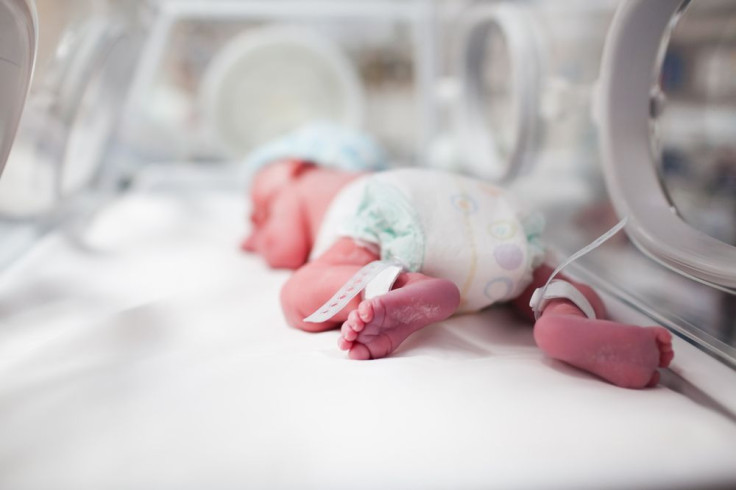Cesarean Section Linked To Poor Health, Long-Term Chronic Disease In Children

Cesarean sections (C-section) have long graduated from medically necessary to elective procedure, the latter of which the World Health Organization advises against. The WHO finds there’s a threshold for when the procedure causes more harm than good to both mothers and babies — and new research published in the British Medical Journal may drive this point home.
Researchers poured over existing data on newborns delivered by C-section. This data includes observational studies and clinical trials assessing the extent of newborn disease among mothers giving birth naturally or by C-section, respectively. The results so far show C-section babies are more likely to develop chronic diseases later in life, including obesity, asthma, and diabetes.
“It is clear that cesarean-born children have worse health, but further research is needed to establish whether it is the cesarean that causes disease, or whether other factors are at play,” Dr. Jan Blustein, study co-author of New York University’s Wagner School, said in a press release.
While Blustein added finding these definitive factors is years off, some decisions can be made in the meantime. To Blustein, existing data, including the results of her study, suggests C-section causes long-term health problems for children — and it’s enough to update existing clinical guidelines for doctors and midwives, especially since “it takes a while for research findings to reach clinicians and patients.”
The American Pregnancy Association (APA) does identify risks and complications for the baby. Premature birth, for example, is likely if gestational age is calculated incorrectly; risk for breathing problems, low APGAR scores, and otherwise fetal injury is also increased.
As for moms, risks and complications range from infection at the incision site, uterus, or other pelvic organs, such as the bladder; hemorrhage or increased blood loss; and maternal mortality. At the end of the day it’s major surgery, and if it’s not medically necessary for women to receive one, perhaps it’s not worth risking potential health risks to both themselves and their newborn.
If a woman’s health care provider has recommended birth by C-section, the APA advices they thoroughly discuss all their birthing options. For example, women should find out why exactly a C-section has been recommended and if there are alternative procedures. Additionally, it’s worth asking health care providers to compare the possible risks and complications for both patients and their babies for a C-section and vaginal delivery.
Source: Blustein J, and Liu J. Time to consider the risks of caesarean delivery for long term child health. BMJ. 2015.



























